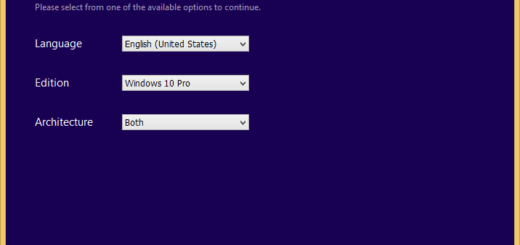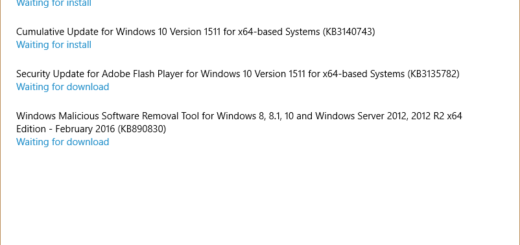Microsoft to Release Windows Activation Technologies (WAT) Update for Windows 7
Microsoft will be releasing “Windows Activation Technologies (WAT) Update for Windows 7“. As the name suggests, it is an update for WAT, the built-in activation and validation components present in Windows 7. This new update will detect “more than 70 known and potentially dangerous activation exploits” that attempt to bypass or compromise WAT and will decide if the copy of Windows 7 installed is genuine or not-genuine. It will also improve the integrity of key licensing components on the OS and will run periodic validation check every 90 days.
Windows Activation Technologies update will be for all Windows 7 editions, although Windows 7 Home Premium, Professional, Ultimate, and Enterprise edition will receive the update first. The update will be available online at Microsoft.com/Genuine starting from February 16, 2010 and on the Microsoft Download Center the following day. Later this month, the update will also be offered through Windows Update as an “Important” update, but it will not be directly offered through Windows Server Update Services (WSUS).
The update will be voluntary and the user can opt-out of installing it. Even if the update is installed, it can also be uninstalled at any time. After installing the update if it finds any known activation exploits in use to activate Windows 7, the built-in antipiracy notifications will start appearing. If the copy of Windows 7 is genuine with no activation exploits in practice, then the user will not see any prompts since the update runs quietly in the background.
Microsoft said that the customer will never see any reduced functionality, applications will work as expected and access to personal information is unchanged. Windows Activation Technology will then download the latest “signatures” every quarter to find new activation exploits, just like antivirus software uses for detecting virus and other malware files.
Microsoft also promised that the update will respect user’s privacy and none of the information that WAT sends to Microsoft’s servers will include personally identifiable information.




